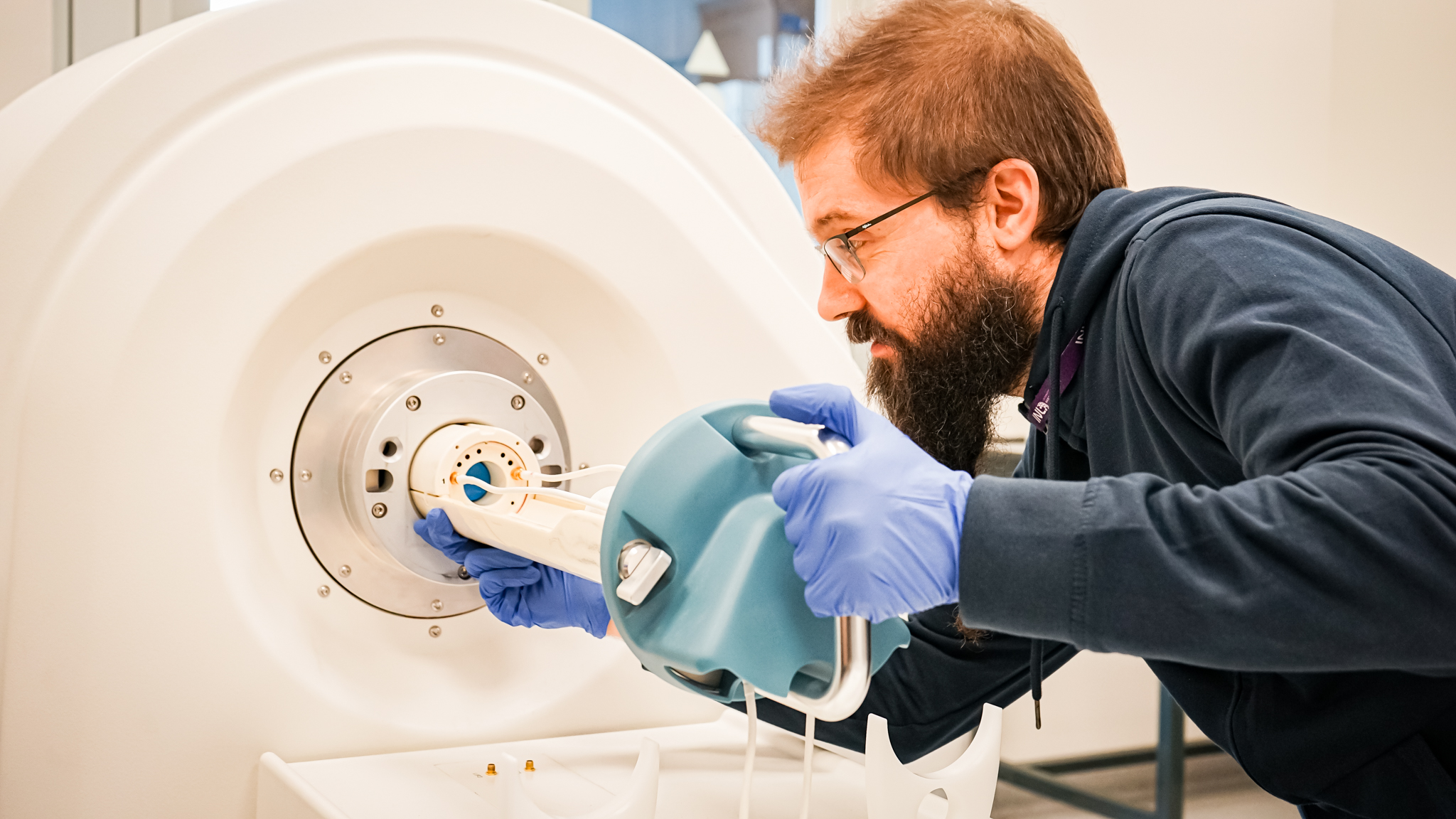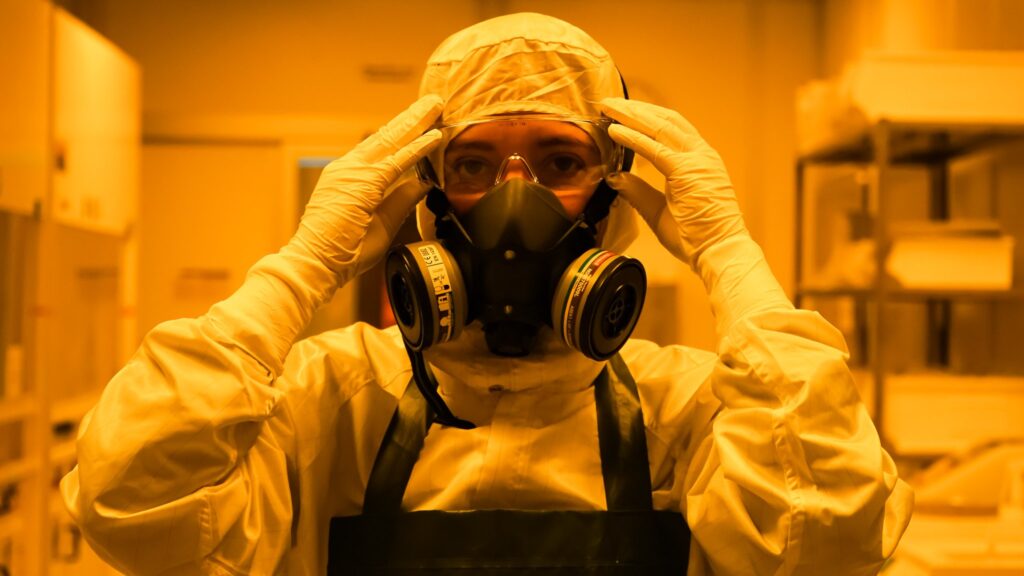Last Saturday, INL welcomed more than 800 visitors of diverse nationalities for a day filled with curiosity, discovery, and joy. Families, students, researchers, and science enthusiasts of all ages came together to experience what it’s like to be a scientist for a day and the energy throughout the building was unforgettable. Across the INL campus, guests explored interactive exhibits and live demonstrations that brought science to life, from fluid dynamics and 3D printing to nano-enabled food and health technologies. In the “NanoPlanet: Fixing the Future” area, visitors discovered how nanotechnology is addressing some of the world’s most pressing challenges, boosting sustainability, energy storage, and public health. The Kids Zone provided a space where younger visitors could build molecules, explore science hands-on, and enjoy the new INL kids’ book, designed to spark curiosity through storytelling. Art and science merged in Pepto Playground, a performance by the Foqacia project in collaboration with Arte Total. Inspired by the paradoxes of quantum physics, the dancers moved through shifting pink landscapes and invisible forces, inviting audiences to reflect on uncertainty, presence, and transformation. INL researchers also presented impactful projects, from 3DSecret’s pioneering cancer research using microfluidic platforms to national innovation efforts like NGS Storage and GreenAuto, which aim to shape the future of clean energy and mobility. Guests found […]
Read more


